The Quirky Fashion of the Royal Court of Versailles
Courtiers at Versailles had to follow strict fashion rules as a means to enforce hierarchy and decorum.
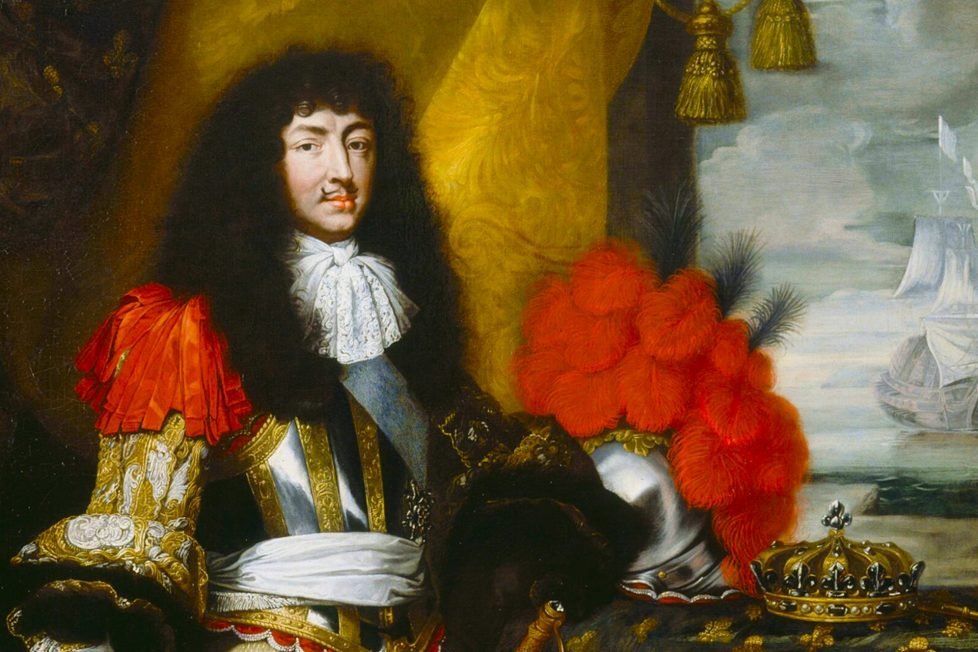
Courtiers at Versailles had to follow strict fashion rules as a means to enforce hierarchy and decorum.

Table of Contents
ToggleThe court of 17th century Versailles was a world where extravagant opulence and unabashed luxury reigned alongside the Sun King himself, Louis XIV (1638-1715). Louis XIV aimed to present Versailles as the ultimate symbol of absolute power. As such, it became a breeding ground for flamboyant fashions that quickly spread throughout other European courts.
By the end of the century, France had become the undisputed center of fashion, which had been cemented by the strict fashion rules enforced by the king earlier in his reign. In a court filled with rigid protocol, fashion became one of the means to enforce hierarchy and etiquette. Courtiers became glittering ornaments that adorned the court of Versailles, basking in the splendor of their King.
Prepare to be astounded as we explore five of the quirkiest fashion rules enforced at the court of Versailles. Unraveling the rigid dress codes that dictated what courtiers would wear, we’ll discover how even the most subtle garments could elevate or diminish one’s status at the court of the Sun King.
The 17th century was known as the Age of Absolutism, it was a time where European Monarchs shook off the remaining bonds of Feudalism and decided to centralize their power. No one was more successful at this endeavor than Louis XIV. He had spent the early part of his personal rule, curbing the power of the nobility. One strategy was forcing them to adhere to a strict system of etiquette that dictated in great detail, how they must act and what they must wear.
In 1668 Louis XIV passed an edict requiring that his courtiers must always be fashionable. Though we can’t be confident as to whether there was a punishment attached to any infringement, we can be sure that this served as a reminder to the nobility as to what they should be focused on. Being stylish was paramount, and in order to be suitably stylish, the nobility had to spend inordinate amounts of money.
While all European monarchies had their own sumptuary laws, none reached the extent of France where nobles were required to have multiple garments for various ceremonies. The only person who was wealthy enough to pay off debts was none other than the king himself, who now had scores of aristocrats indebted to him.
Clothing was so expensive due to the fact that 17th-century fashion required an inordinate amount of material for their construction. Women’s fashion had an exaggerated shape, with skirts and sleeves requiring a copious amount of material in order to achieve the desired form. Women wore several layers of petticoats and undergarments along with elaborate trappings such as ribbons, embroidery, and jewels. Men’s fashion also required masses of fabric, and as expensive materials such as velvet were limited to Dukes, Viscounts, and knights, men took every opportunity to exhibit their status by wearing these materials as much as they possibly could.
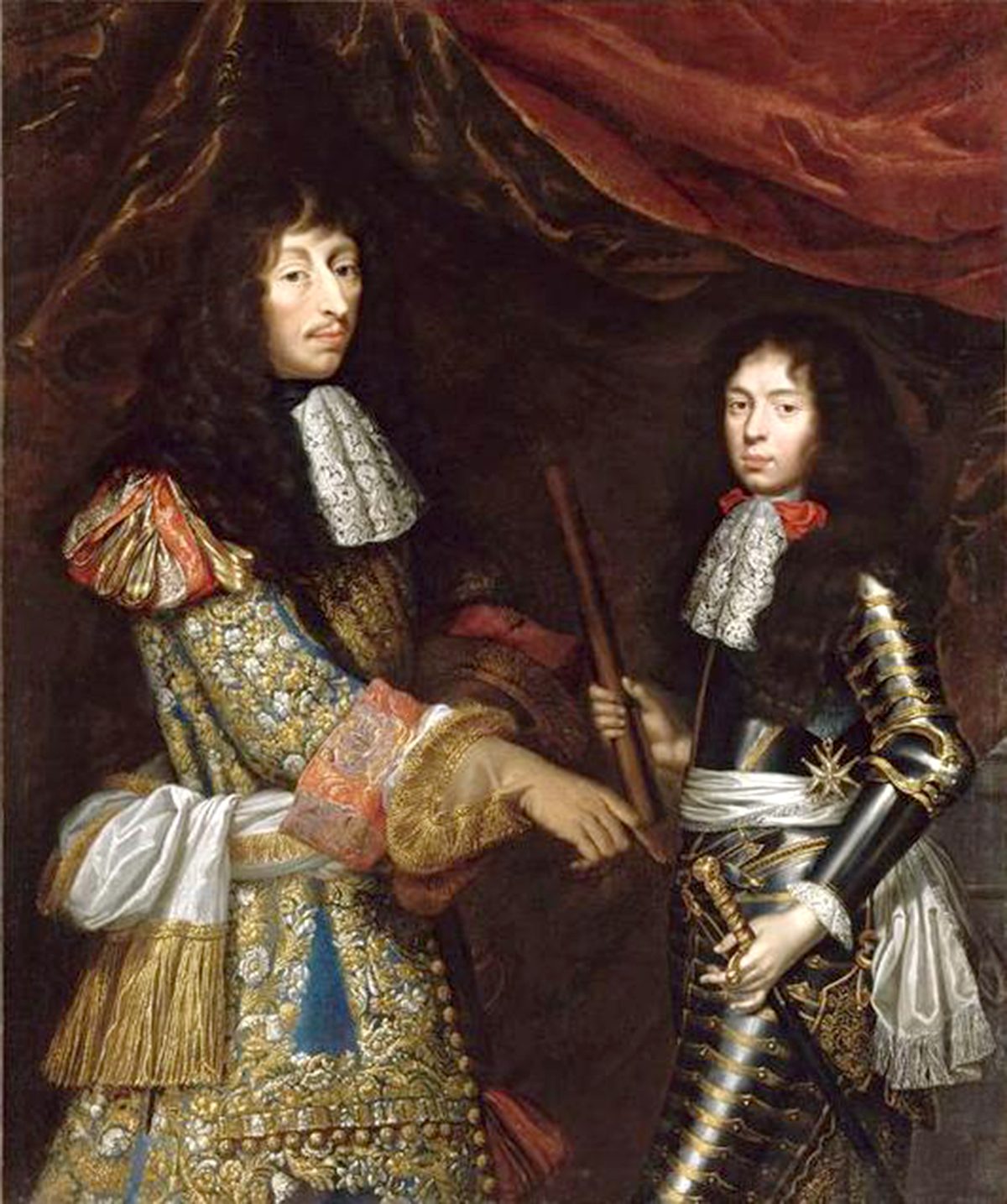
Louis XIV banned foreign cloth, lace, and trimmings, decreeing that French court fashion could only be made by French manufacturers and tailors. This had the added effect of employing the lower classes and it has been estimated that a third of wage owners in Paris were employed by the burgeoning French fashion industry. Fabrics such as velvet, silk, and lace were made in France, and lace in particular was incredibly expensive, often taking months to construct a mere strip.
The typical court gown would need three people to construct it and would often take days to complete. The citizens of Paris thus became so reliant on their noble clients that periods of court mourning, when the construction of garments was sorely limited, resulted in months where much of the lower classes struggled to survive. However, the increase of France’s continental dominance meant that even foreign royalty and nobles were eager to buy French fabrics, thus cementing Paris as the center of European fashion. Meaning that the centuries long association of France and fashion can all be attributed to Louis XIV’s efforts.
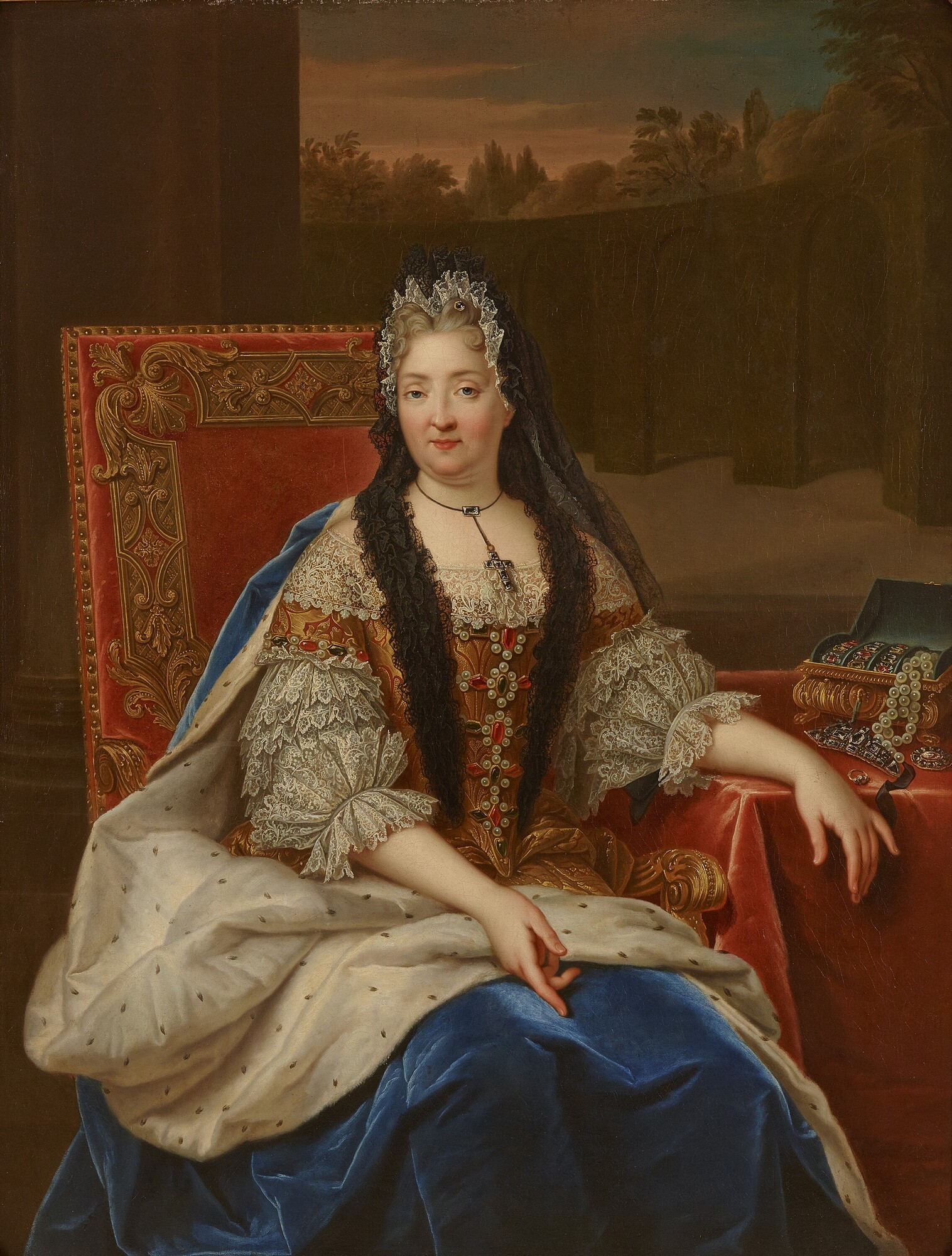
One of Louis XIV’s signature garments was a jacket known as the justaucorps à brevet, or “the King’s Jacket,” with “brevet” translating to “patent.” It was a silk jacket that was typically blue or red, adorned with gold and silver trappings. Its design was changed every year and as Louis was the greatest trendsetter at his court, many noblemen were eager to adopt the trend for themselves. However, Louis decided to limit the justaucorps à brevet to approximately 50 to 60 of his favorite office holders. No one was permitted to wear the justaucorps à brevet without letters patent from the king, and the wearing of this garment afforded the wearer the privilege of accompanying the King on all of his outings, including horse-riding, walking, and hunting.
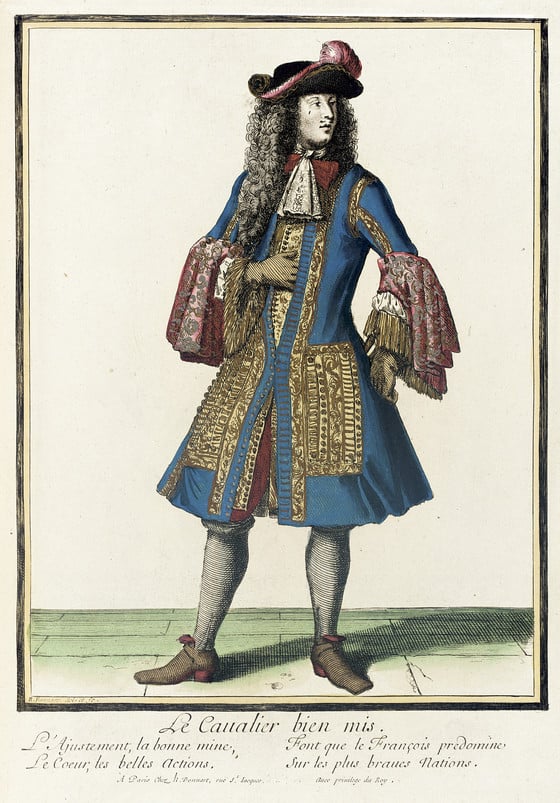
Wearing the justaucorps à brevet became a symbol that you were held in the king’s trust and was a potent identifier of one’s influence and status within the court. But it was by no means a permanent state of being, nobles would frequently compete for the privilege and even the most highly ranked Aristocrats were not guaranteed to be granted this honor. They would therefore have to spend much of their time at Versailles dressed fashionably, in order to have the chance of rising in the king’s favor.
Hyacinthe Rigaud’s definitive portrait of Louis XIV features the king dressed magnificently in robes embroidered with the French fleur de lys and Red-Heeled Shoes. Red-Heeled Shoes were incredibly impractical illustrating how their wearer’s were far too wealthy to undertake manual labor.

High-Heels were adopted from Persian fashion, Persian men would wear high heels when riding, and as such they were associated with masculine pursuits. The added red heel was a sign of status as red dye was incredibly expensive and hard to keep clean. Red was also associated with the military and as a result, monarchs throughout Europe adopted the style, including Louis XIV’s great enemy William of Orange.
At the Court of Versailles, Red-Heeled Shoes were incredibly popular and the higher the heel the higher status you were. Louis XIV was believed to be approximately 5’4” and as such he often wore the highest heels, pairing them with his tallest wigs, making him quite the figure of splendor, despite his small stature.

The Red-Heeled Shoes were made from silks and brocades, with the heel being made of wood. They were intricately decorated with ornate buckles that were typically made from precious metals, and trimmings such as ribbons and rosettes. Normally, they were between 2 and 5 inches, which further emphasized their lack of practicality.
During the late 17th century, aristocratic women adopted the mantua as their preferred style of clothing. The style had emerged in the 1670s, originating as a loose morning gown that aristocrats would wear in private when they were relaxing. It then evolved into an overdress that was worn over a petticoat and stays, then pinned back to show the difference between the fabric of the mantua and the petticoat.
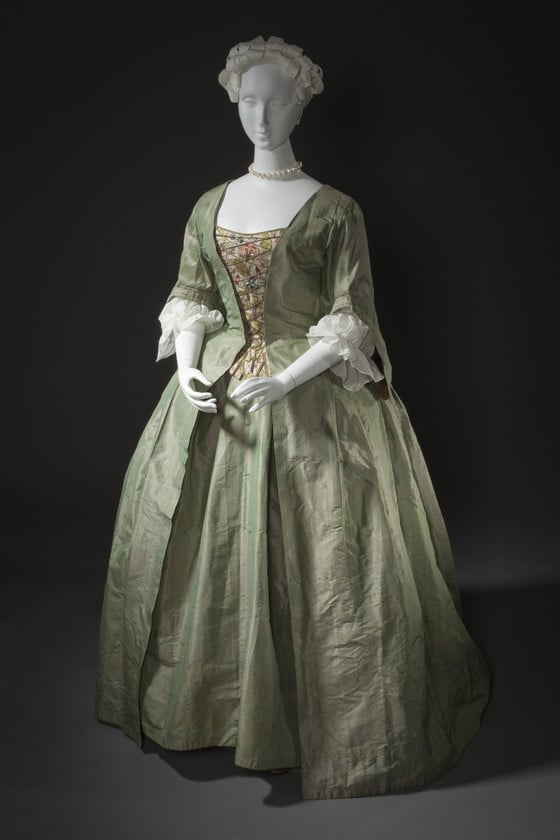
Throughout other European courts, the mantua became the preferred courtly attire among ladies, and its modest style was a stark departure from the over-the-shoulder styles popular in Louis XIV’s youth. Its origins as informal daywear prompted Louis XIV to ban the style from the court, and any young lady wearing a mantua at Versailles was barred from entering formal ceremonies, receptions, and balls. Informality of any kind was despised by Louis, as he wanted Versailles to be a specter of formality, opulence, and strict etiquette. The mantua proved to be far too casual for his taste.

He also preferred styles that would show off a woman’s decolletage, so he designed a style known as the Grand Habit de Cour which featured a long train, detachable sleeves, and an off-the-shoulder boned bodice that was laced in the back, it was often decorated with royal symbols such as the crown and the fleur de lys. Ladies of Versailles were required to wear the Grand Habit de Cour whenever they were in the presence of the king, though it was unpopular with many of the young ladies who quietly rebelled from the style by donning their Mantuas in private.
The fashion customs at Versailles were more than just mere trends, they were a language to assert status. Power was visually linked with whoever had the tallest wig, the highest heels, or who had the right to don a justaucorps á brevet. Aristocrats were glittering ornaments orbiting around the extravagant presence of Louis XIV, the Sun King. He used fashion as a political tool to control the nobility and display his absolute power. His strict sartorial etiquette visually communicated his absolutism whilst encouraging rivalries among nobles who competed to be the most fashionable and the most favored.
